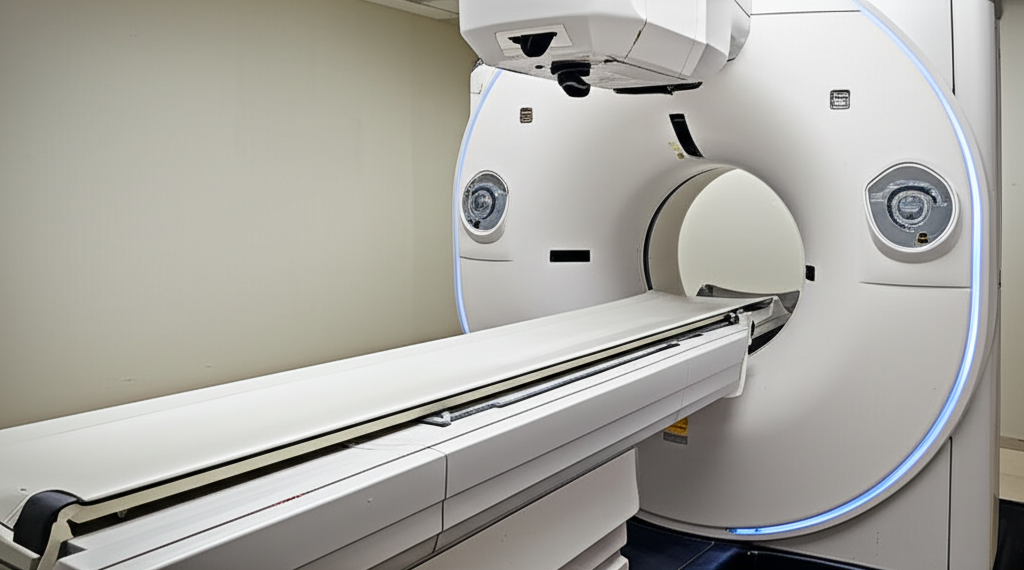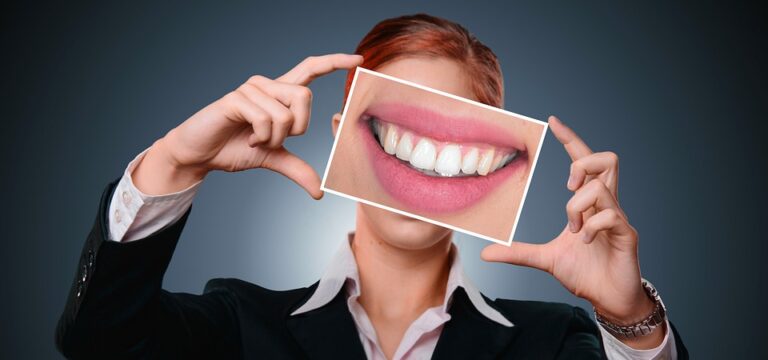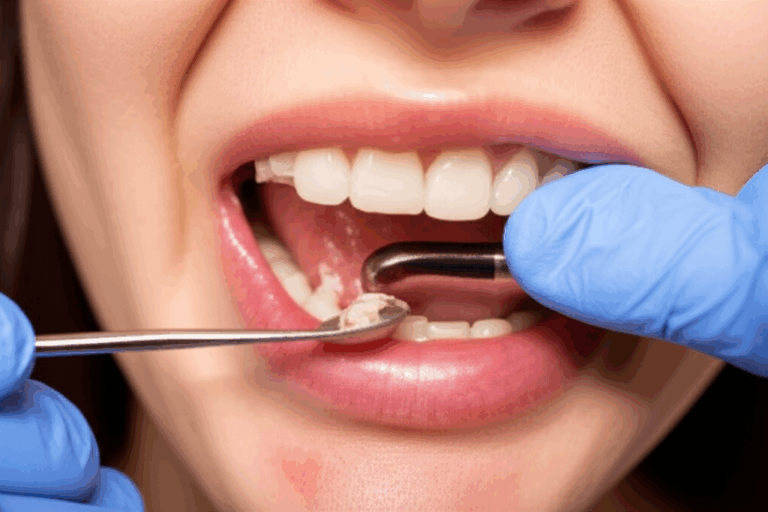
Can a CT Scan Show Dental Problems? A Simple Guide to 3D Dental Imaging
Thinking about going to the dentist can make anyone feel worried—especially when you hear about a “CT scan.” You might ask yourself: Can a dental CT scan really find problems in my mouth? Is it safe? Will it hurt? If your dentist said you need this scan, you probably want clear, honest answers. The good news is, CT scans are like superheroes for your teeth, showing things that normal X-rays can’t see! This article will explain, in simple words, how a dental CT scan works, what it can find, and why it’s a great tool for keeping your mouth healthy. Stay with me to learn how modern 3D dental pictures help you get the best dental care possible.
Table of Contents
- What Is a Dental CT Scan, and How Does It Work?
- Can a CT Scan Detect Dental Problems Regular X-rays Miss?
- What Dental Issues Can a CT Scan Reveal?
- Why Would My Dentist Order a Dental CT Scan?
- How Does a Dental CT Scan Help With Implants and Crowns?
- Are Dental CT Scans Safe for Kids and Adults?
- How Does a CT Scan Compare to Other Types of Dental Images?
- What Should I Expect During a Dental CT Scan?
- Who Needs a 3D Dental Scan, and When?
- What Are the Limits of a Dental CT Scan?
- FAQs About Dental CT Scans
- Bullet-Point Summary: Key Things to Remember
What Is a Dental CT Scan, and How Does It Work?
A dental CT scan is a special kind of X-ray that takes 3D pictures of your teeth, jaws, and mouth. The big name for it is Cone Beam Computed Tomography (CBCT). Instead of just one flat picture, a CT scan goes around your head and takes lots of small pictures. Then, a computer puts them all together to make a really clear 3D picture of your mouth.
Think about building with LEGO blocks. Instead of just seeing the front or top, you get to look inside, from the sides, and even underneath. That’s what a CT scan does for your dentist—it helps them see things they would miss in regular pictures.
CBCT is made just for looking at the mouth and uses a smaller, focused beam, not a big machine like you see in hospitals. Here’s a quick table to show the difference:
| Imaging Type | 2D X-ray | Dental CT (CBCT) | Medical CT |
|---|---|---|---|
| Image Detail | Simple | Very clear 3D | Deep, full 3D |
| Shows | Teeth, jaw (flat) | Teeth, bones, nerves | Whole head/body |
| Radiation | Low | Low to medium | Medium to high |
| Best For | Cavities, bone | Hidden infections, planning | Tumors, big injuries |
CBCT is what dentists pick when they need to see more of your dental story.
Can a CT Scan Detect Dental Problems Regular X-rays Miss?
Yes—it really can. Regular dental X-rays (“2D”) are like taking one picture of a group of people. If someone small is behind someone tall, you can’t see them! In your mouth, this means things like infections, cracks, and bumps can hide behind roots or bone.
With a 3D CT scan, the “camera” moves all around you. Your dentist can look at your jaw in slices, one by one, get closer, and find stuff like tiny infections at root ends or cracks in a tooth. A CT scan doesn’t just see the big problems—it catches small problems before you even start to feel pain.
For example, one time my dentist thought something was wrong because of some swelling. A regular X-ray looked okay, but the CT scan showed a hidden abscess (infection) starting by my jawbone. We caught it early and fixed it before it got worse!
What Dental Issues Can a CT Scan Reveal?
A dental CT scan is almost like x-ray vision. It can spot problems that affect teeth, bone, gums, nerves, and even your sinuses. Here’s what it can show:
- Infections and Abscesses: Finds hidden spots of infection, pus, or swelling deep in the roots or bone.
- Jaw Bone Loss: Shows how much bone is gone from gum disease—helps see if you need treatment or a bone graft.
- Impacted Teeth: Finds wisdom teeth or other teeth stuck in the bone.
- Cracked Teeth: Sees if a root or tooth is cracked below the gum line.
- Cysts and Tumors: Finds odd lumps or bumps growing in your jaw.
- Root Canal Problems: Finds blocked, twisted, or missed canals—really helpful for root canal work!
- TMJ Issues: Can show jaw joint (TMJ) damage or injuries.
- Nerve Mapping: Tells exactly where nerves run—important for safe surgery.
- Hidden Foreign Objects: Finds lost bits of tooth, filling, or metal.
Here’s another easy chart:
| Dental Problem | Seen with CT Scan? | Easy with 2D X-ray? |
|---|---|---|
| Deep infection | Yes | Sometimes |
| Jaw fracture | Yes | Maybe, not always |
| Impacted wisdom tooth | Yes | No (if hidden) |
| Tiny root cracks | Yes | Rarely |
| Tumor/cyst in bone | Yes | Hard to spot |
So, for tricky cases, a dental CT scan is the tool that finally solves the puzzle!
Why Would My Dentist Order a Dental CT Scan?
Sometimes, dentists run into problems where normal X-rays don’t give enough answers. This can happen if you have:
- Pain that won’t go away
- Swelling or a bump in your jaw
- Broken teeth from an accident
- Need for dental implants, crowns, or bridges
- Teeth that are crooked and might need braces
- Possible cysts, tumors, or serious infection
In these situations, a regular X-ray might not tell enough. Dentists use CT scans to see the things you can’t see. This keeps things safe and helps them pick the best treatment for you.
Think about this: Would you want your dentist planning surgery or an implant with a blindfold on? No way! CT scans help them work with a clear view.
How Does a Dental CT Scan Help With Implants and Crowns?
Dental CT scans are super helpful when dentists plan implants, crowns, or bridges. They help by:
- Measuring Bone: CT scans show if you have enough bone for an implant or if you need a bone graft. They measure thickness, height, and how strong the bone is.
- Finding Nerves: If an implant is too close to a nerve, it can cause pain or numbness. CT scans show right where the nerve is, so dentists can avoid it.
- Modeling the Jaw: CT scans make a 3D map that dentists use to plan for the best fit of crowns or bridges. The dental lab often uses these scans to make new teeth that fit just right.
When your dentist uses a 3D dental lab together with CT scans, your new smile will fit perfectly!
Are Dental CT Scans Safe for Kids and Adults?
It’s normal to worry about radiation. Here’s the good news: CBCT dental scans use much less radiation than a regular hospital CT scan, and sometimes less than an airplane trip across the country!
- CBCT: About the same radiation as a few days in the sun.
- Regular dental X-ray: Even less, but not as much detail.
- Hospital CT scan: Up to 20 times higher than CBCT.
Doctors and dentists always work by the “ALARA” rule—As Low As Reasonably Achievable—to keep you safe. Dentists only use CT scans when it’s really needed.
Kids can get CBCT scans too, especially when planning braces or checking new teeth coming in. The dentist will use the lowest settings and scan the smallest area possible.
If you’re pregnant or worried about radiation, always tell your dentist so they can pick the safest choice.
How Does a CT Scan Compare to Other Types of Dental Images?
Not all dental pictures are the same. Here’s a quick list:
- Periapical X-rays: Show 1-2 teeth with their roots and nearby bone.
- Bitewing X-rays: Check for cavities between back teeth.
- Panoramic X-rays: One big, flat picture of both jaws.
- CBCT Scans: A real 3D “tour” inside and around your teeth, bone, and nerves.
While X-rays are great for small checks or cavities, CT scans are best for hard cases when every bit counts.
Need a dental ceramic crown or planning for lots of implants? Your dentist may work with a dental ceramics lab to use these 3D pictures to make your new teeth fit just right.
What Should I Expect During a Dental CT Scan?
Don’t worry—a dental CT scan is simple and doesn’t hurt. Here’s what usually happens:
If you feel worried, tell your dentist—they can help you feel better about each step.
Who Needs a 3D Dental Scan, and When?
Not everyone needs a CT scan. Dentists use them for special times, like:
- Trying to see why you have strange tooth pain but X-rays look normal
- Planning to take out tricky wisdom teeth
- Checking bone after a tooth is pulled for implants
- Fixing root canals that have problems
- Finding cysts or tumors in the jaw
- Looking at broken jaws or bad injuries
Sometimes, if your dentist works with a china dental lab, they send the CT scan pictures on the computer for faster, better results.
If your teeth are healthy, you’ll probably stick to regular X-rays.
What Are the Limits of a Dental CT Scan?
No tool is perfect, and a CT scan has some downsides:
- Radiation is higher than a regular dental X-ray (but still pretty low for CBCT).
- It doesn’t show tiny, early cavities as well as bitewing X-rays.
- Metal crowns, fillings, or braces can make the picture blurry.
- Price is more than a plain X-ray.
- Insurance might not always pay for it—check with your dentist and your plan.
So, CT scans aren’t for all problems—but when you need one, it’s worth it!
FAQs About Dental CT Scans
Q: How long does a dental CT scan take?
A: The actual scan is less than a minute! The whole visit usually takes 10–20 minutes.
Q: Does the scan hurt?
A: Not at all. You just stand or sit still as the scanner goes around you.
Q: Can my dentist see small cavities with a CT scan?
A: Bitewing or periapical X-rays are better for small cavities. CT scans are for deeper or harder cases.
Q: Is a dental CT scan safe for kids?
A: Yes, when needed and done with low settings. Dentists are very careful with kids.
Q: Will insurance cover my scan?
A: Sometimes—mainly for surgery or implants. Always ask your dental office and your insurance.
Bullet-Point Summary: Key Things to Remember
- CT dental scans give a 3D look that can show hidden problems regular X-rays miss.
- They’re best for finding deep infections, bone loss, hidden teeth, cracks, or for planning implants and crowns.
- CT scans are safe and fast, with much less radiation than regular hospital CTs.
- Not everyone needs a CT scan—just when regular X-rays don’t give enough information.
- Your dentist uses CT scans for better, safer care and a healthy, happy smile.
Remember: Modern 3D dental scans give your dentist extra abilities. If you have questions, always ask your dental team. They’re there to keep your teeth healthy—inside and out!








